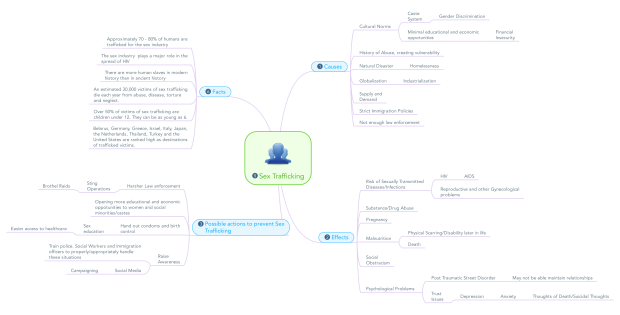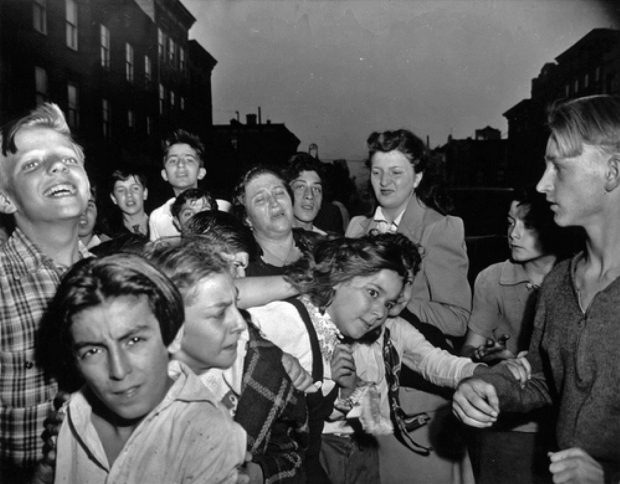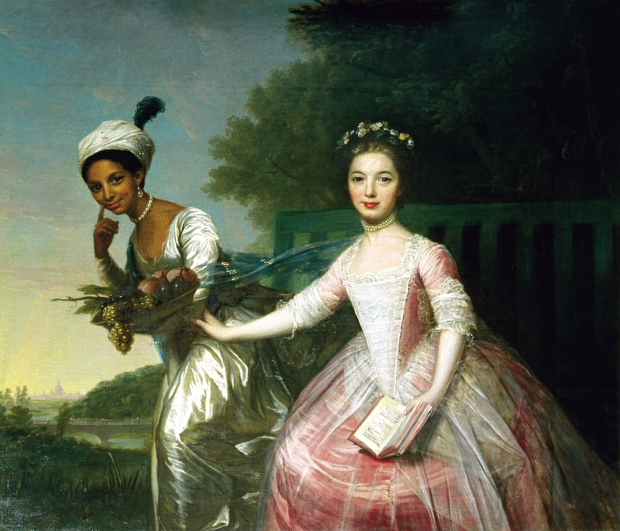
Rita Kim, “Taken”, 2016
Though I didn’t make a draft for this, I had an image of adult hands reaching out for a child prostitute whilst reading Lydia Cacho’s, Slavery Inc. With that idea in mind, I drew on 250gsm watercolor paper. I penciled the initial drawing, then inked it, coloured the now lined drawing with watercolours and then redefined the ink lines. I wanted really dark colours to symbolize the grimness of the child prostitute’s reality but at the same time, I made her “client’s” hands red. Why I had done so was for 1.to make them stand out against the bleak colours and 2.red represents blood; these clients are contributing to a multi-million dollar industry that traffics children for sexual gratification. The girl is branded with a bar code, to show that to these clients and pimps, that she is a product, an object to be used.
The colours for this first piece will set the tone for the rest of the series as it goes.









